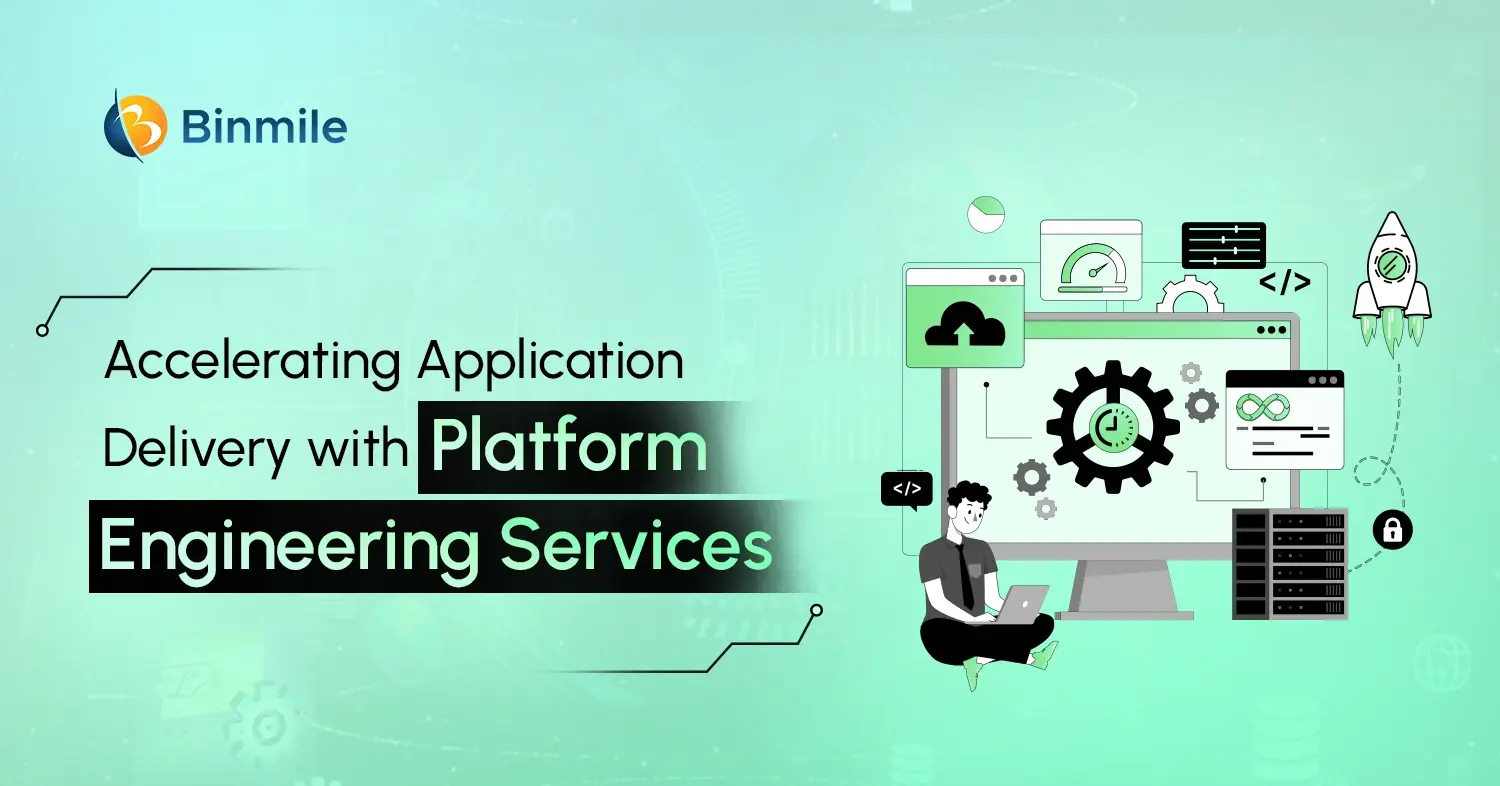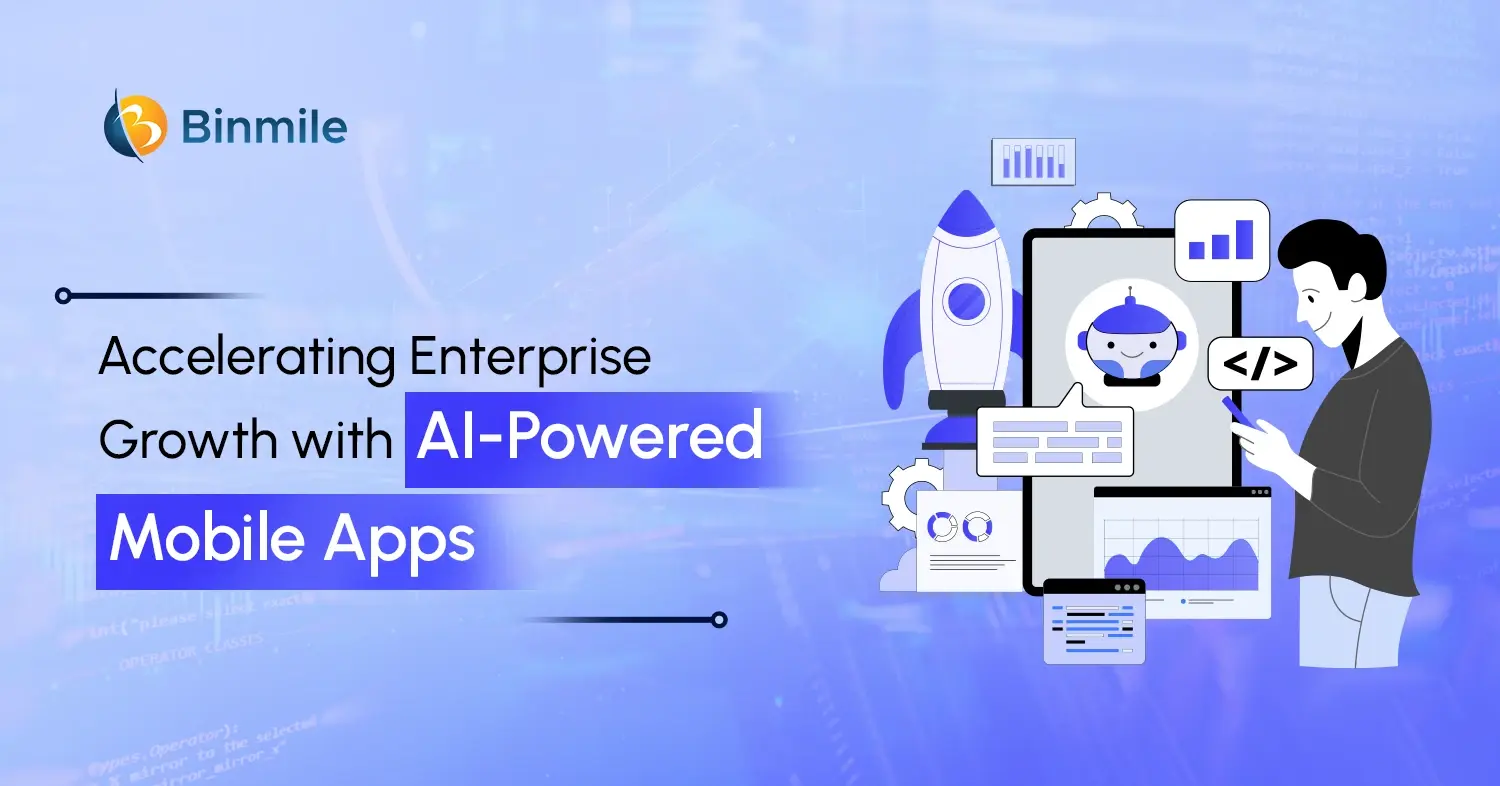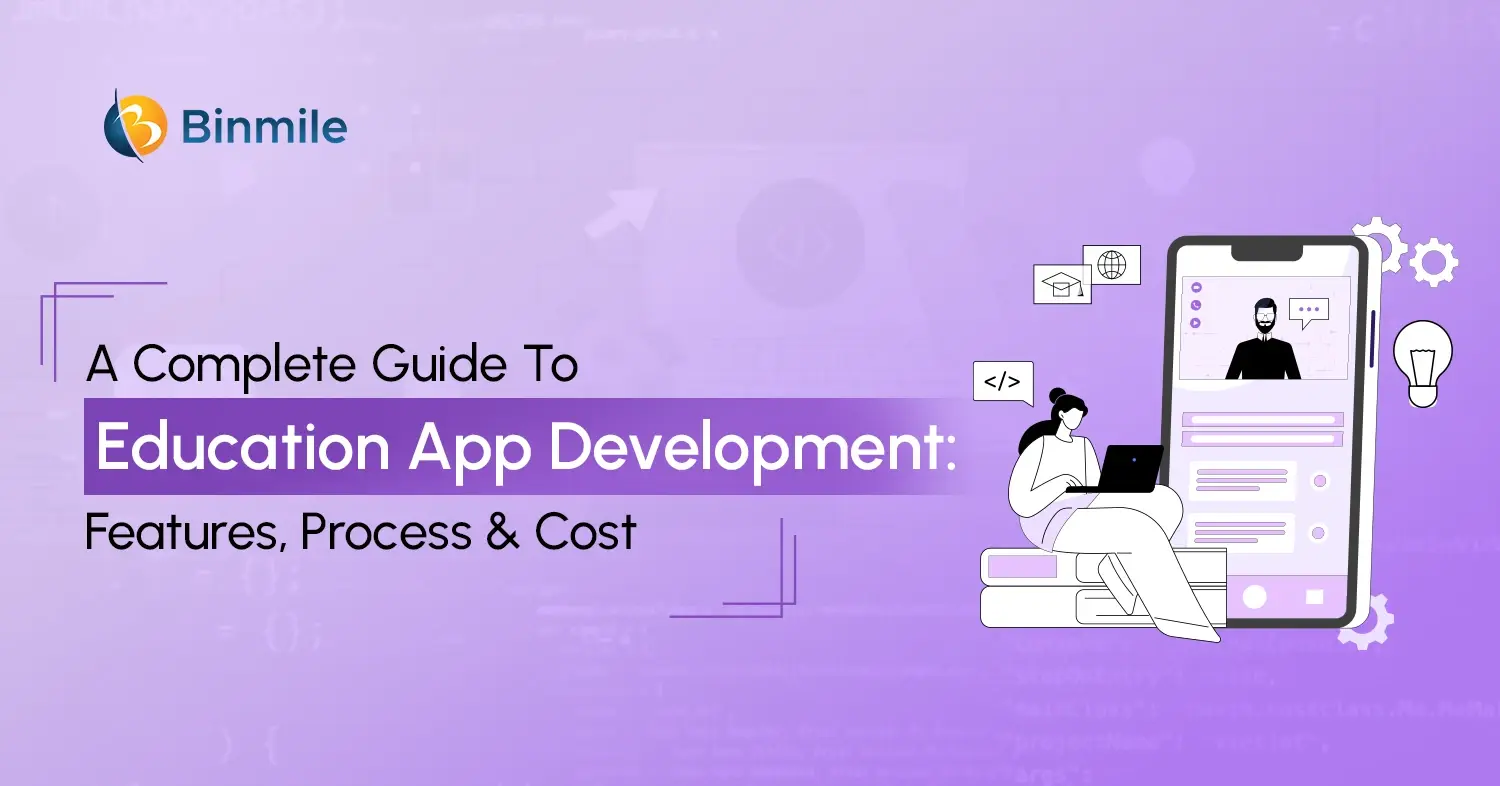Cloud application development is a predefined process used to build a cloud-based app involving different app development stages. Cloud app development teams use cloud and devops practices, technologies, and tools to build Cloud apps that depend highly on the Cloud to operate. Dropbox, Google Drive, Google Docs or Office 365, virtual board Miro, and design app Figma are some paradigmatic examples of a digital product or cloud application. You simply need a system, a web browser, and an internet connection to access a cloud-based app. Cloud apps help companies work with remote teams and reduce project times and development costs. Business enterprises can make a big difference by developing cloud-based apps leveraging the experience and skills of trusted and professional cloud-experienced app development companies. This blog highlights cloud-based app development’s benefits, development process, and costs.
Cloud-Based App Development: Benefits & Facts
Private, public, hybrid, and community are four common cloud deployment solutions available for different application services. There are three leading cloud-based app development solutions that enterprises can adopt for faster and more reliable app development choices like deployment services. These include Software as a Service (SaaS), Platform as a Service (PaaS), and Infrastructure as a Service (IaaS). SaaS lets customers access apps online without configuring or installing them on the device. PaaS allows you to get an entire cloud application platform (infrastructure, development tools, and operating systems) as a service required to develop an app in the cloud. In IaaS cloud service, private or public cloud providers manage your entire business infrastructure (network, storage, server, and visualization).
According to a survey conducted by global research company Statista on cloud market app size, the global market size of cloud-based apps is likely to touch $166.83 billion in 2024. The same market was valued at $139.68 billion in 2021.
- 2019 – $124.08 billion
- 2020 – $131.65 billion
- 2021 – $139.68 billion
- 2022 – $148.20 billion
- 2023 – $157.24 billion
- 2024 – $166.63 billion
Another research by Gartner indicates that about 60% of business owners will rely on the cloud for hosting data by 2022. Nowadays, more and more business enterprises are embracing cloud technology. This technology offers many benefits to organizations in the form of improved productivity, improved collaboration, cost-saving, process efficiency, etc. Cloud application development is highly beneficial for enterprises of all sizes and types as it takes care of data storage and processing issues by remote servers.
Time-Saving with Automatic Software Updates Frequently
- Better data analytics for business decision-makers
- Cost-saving with pay-per-usage of the cloud infrastructure
- Disaster recovery and backup with offsite backup
- Hassle-free access to business information and data
- Greater flexibility to focus on your core business strategies
- Improved and easy collaboration for effective work on projects
- Improved data security for business data and information
- Quick disaster recovery and backup
- Reduced carbon footprint for a better environment
Cloud-Based App Development Guide: Key Process
Businesses look for the correct answer to the question: What will they get with the cloud-based application? The simple answer to the question is app data is stored in cloud infrastructure and access to the app using an internet connection and devices. Cloud app development comes with technical complexity and differs from traditional app development in terms of skills and knowledge. Before building a cloud app, it is vital to define SaaS, PaaS, or IaaS. When you create a cloud app, you will likely face some tech challenges related to security, reliability, and performance.
Understanding customers’ needs, defining their problems, and finding a solution with digital products are some primary steps in the path of developing a cloud app. A successful cloud development involves the following steps:
- Conduct market research
- Hire a app development team
- Decide on functionality
- Choose a tech stack
- Choose a app monetization model
- Design and develop an engaging app
- Test and launch
Let’s delve into cloud-based app development steps in detail.
1: Market Research
Studying the market landscape and competitor analysis is the first step of the cloud app development process. Analyzing competitors lets you validate a project idea. Market research will render better insights about unique features and technologies for development purposes.
- Study the market trends and your potential users
- Identify app type and targeted audience
2: Hire a Development Team
The cloud-based app development process is complex, and it needs the participation of highly experienced technical specialists. You get the following options when you hire a cloud application development company:
- Freelance developers: Not expensive; best for short-time projects
- In-house developers: Expensive; complete control over the development team
- Outsource company: Best in price and quality; flexible
In-house developers and top software outsourcing companies are two good options for cloud-based business apps with a long-term perspective.
3: Decide on Functionality
Decide on the app’s functionality based on the purpose of the cloud-based app. The app development specialists decide on app functionality directly related to the business solution.
4: Choose the Right Tech Stack
Choosing the right tech stack matters the most when it comes to developing a cloud-based app. Here, professionals with deep technical knowledge can do wonders. Enterprises interested in cloud-native app development can try the following technologies:
- Programming languages: Swift (iOS), Java, and Kotlin (Android)
- Toolkit: Apple Xcode (iOS) and Android Studio, Android Developer Tools
- SDK: iOS SDK, Cocoa Touch, and Android SDK
Apart from the tech stack, you also need to consider cloud application development platforms, added integrations, and third-party services for forming your app’s main functionality and initiating the cloud app development process. Some popular cloud app development platforms include Amazon Web Services (AWS), Apache Cloudstack (free), Cloud Foundry (for Ruby), Google Cloud Platform, Heroku, Microsoft Azure, Oracle, and Xen Cloud Platform.
5: Choose a Monetization Model
You need to decide on the app monetization strategy when you release your solution. Look at the pricing model available for building a SaaS solution.
- Advertising: Ad placement inside your app
- Freemium: Limited functionality available for free; full access to paid features
- Subscription: Paying monthly or yearly
6: Design and Develop Your App
The 6th stage of cloud-based app development belongs to user interface creation and coding of the functionality. Make sure you don’t copy existing apps and compromise with UI/UX design. Ask your development team to work on app functionality and coding to implement front-end and back-end logic.
7: Test and Launch
App testing is the last stage of cloud-based app development. Ask QA engineers to conduct various tests to detect issues concerning app performance, security, and bugs. After successful testing, launch your app to the market by submitting it to app stores and meeting all app launching requirements.
Ready to build smarter cloud apps? Contact us for scalable, secure, and cost-efficient development solutions.
Cost of Developing Cloud-Based Apps
Planning, project management, validation, and UX/UI design are the four prime factors that directly affect and govern the cost of developing a cloud-based app via SaaS. When it comes to estimating the actual cost of developing a cloud-based app, you need to look at the different functionalities incorporated in it. The price of a custom-made app enriched with preferred business features is always higher than a basic app with a few features. Look at some functionalities that affect the overall cost of developing a SaaS app.
- Hardware features
- Integration points
- Maintenance plan
- Platform and device support
- Visual objects
Know the Difference: Cloud Native vs Cloud Agnostic
Conclusion
These days, more and more business enterprises embrace cloud technology to get added benefits of process efficiency, cost savings, and improved collaboration and productivity. Business enterprises can make the most out of cloud-enabled apps to make better decisions, analyze data, save costs, manage time, and improve cooperation. Top app development companies assist business enterprises with cloud app development services.
Binmile is a competent app and software development company with proficiency in the modern tech stack. Cloud app development services experts at Binmile help you choose the right IaaS, PaaS, or SaaS cloud models matching well with your changing business needs.









